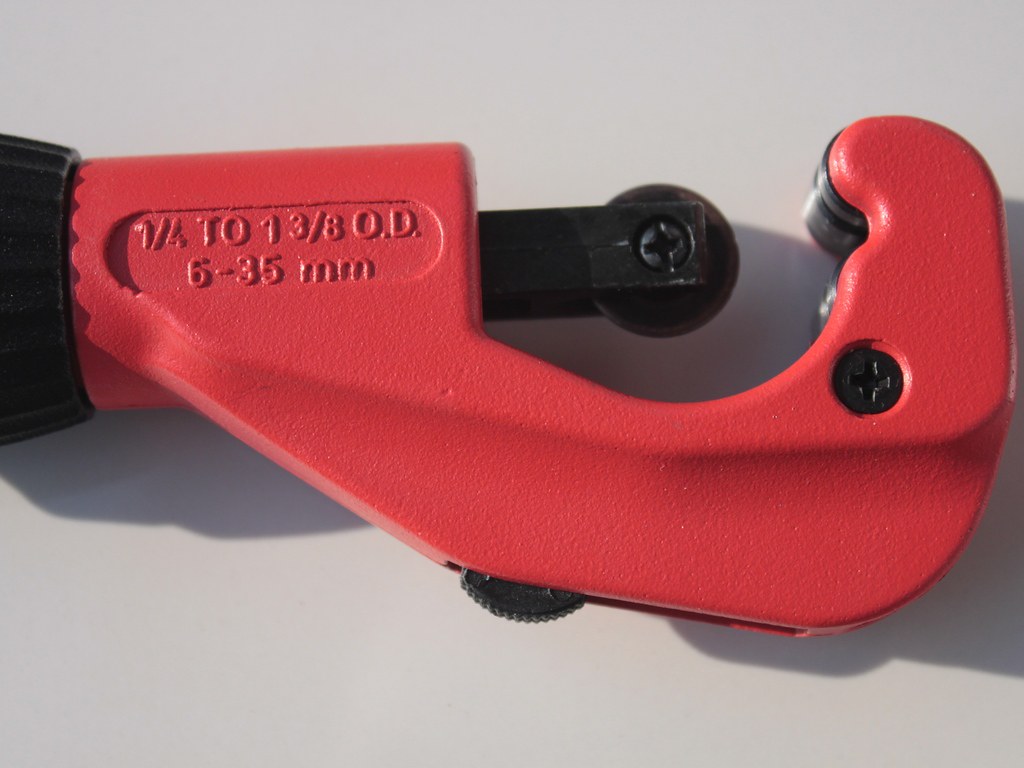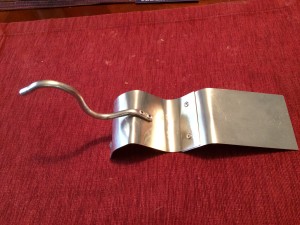April 25th, 2015 at 2:06 pm (Books, Flying, History)
Amelia Earhart planned to write a book about her around-the-world expedition. It was to be called “World Flight.” She wrote some material before departing, and she sent back notes and logs from various stops across the globe. When the flight ended prematurely, her husband assembled the pieces and notes into a book that he published as “Last Flight.”
The first-person narration gives you a real sense of Amelia’s voice and character. She was fearless, in an awe-inspiring way. She was ever ambitious, reaching for the next challenge. She was also very interested in encouraging women in engineering (and aviation in particular). She criticized the way boys and girls were (… are …) shuffled into certain kinds of hobbies. “With rare exceptions,” she wrote, “the delights of finding out what makes a motor go, or batting the bumps out of a bent fender, are joys reserved for masculinity” (p. 47).
To enable her plans to go around the world, she acquired a plane that seems mammoth to me:
“The plane itself is a two-motor, all-metal monoplane, with retractable landing gear. It has a normal cruising speed of about 180 miles an hour and a top speed in excess of 200. With the special gasoline tanks that have been installed in the fuselage, capable of carrying 1150 gallons, it has a cruising radius in excess of 4000 miles. With full load the ship weighs about 15,000 pounds. It is powered with two Wasp ‘H’ engines, developing 110 horsepower” (p. 50).

By comparison, the Cessna 172 that I am learning to fly carries a maximum of 40 gallons of fuel and has a max takeoff weight of 2300 lbs. It has a cruising speed of 120 mph and a radius of about 600 miles. It would take a long time to get around the world that way!
She chronicles her travels from Miami to Brazil, then over to Dakar in Africa, then through India, Thailand, Singapore, Australia, and Lae in Papua New Guinea. Even knowing in advance that her trip will be truncated, it’s hard not to gain enthusiasm and confidence that it will somehow succeed, after she travels through so many different places, weather, and challenges. The book ends, necessarily, abruptly.
… and we still don’t know exactly why.

Comments
April 24th, 2015 at 8:20 am (Language)
Recently I came across this article: “Stop shaming people on the Internet for grammar mistakes. Its not there fault.” The author urges more compassion for the oh-so-common grammar mistakes that we are all prone to and provides an interesting dissection of the cognitive reasons for those errors.
“Mocking another person for making one of them is like mocking a heart for skipping a beat. Errors are a routine part of our cognitive systems,” the author, Andrew Heisel, claims.
While “mocking” isn’t productive, I think “awareness” is. Some grammar rules do seem needlessly arcane, but others have evolved to reduce ambiguity and increase communication. And so I find the Twitter bot called Grammar Police, which automatically detects and tactfully points out grammar errors in tweets, to be both fascinating and useful.
Mr. Heisel introduced me to this bot by way of criticizing it. But the bot has 19,500 followers, and I don’t think that they all subscribe merely “to pretend, 25 times a day, that you’re perfect and other people’s foibles are not your own.” In fact, I observed that some of those whom Grammar Police called out in an automated post actually thanked the bot. The bot’s postings might even inspire some readers to look up “nominative case.”
Now I’m thinking that a statistical analysis of the bot’s 85,400 tweets (and counting) would be quite interesting. What are the most common types of errors? And how many of them inspired a thank you?
1 Comments
1 of 1 people learned something from this entry.
April 19th, 2015 at 12:43 pm (Art, Engineering)
Yesterday I volunteered with Kids Building Things to offer a Tool Petting Zoo. This is a chance for kids (and their parents) to see, touch, and use tools of all kinds — screwdrivers, bubble level, wire cutters, hammers, saw, a drill press, and more.
Even better, I got to learn some new tools myself! I got to use a pipe cutter, which looks like this:

You put the pipe inside its jaws and then spin the screw until it grips the pipe. Then you rotate the cutter around the pipe, tightening the screw whenever it feels slack, until it slices through the pipe. Magic!
I then got to use a pipe bender:

This picture shows a pipe after it’s been bent with the tool. It requires very little effort. You put the flat pipe through the device. Then, as you squeeze the handles together, the pipe bends in a nice curve, supported by the metal disk, which dictates the radius of curvature. You stop squeezing when you have as much curve as you want. This is great fun!
Finally, I learned to use a rivet puller:

You line up the holes in whatever pieces you want to attach, then put a rivet through it and squeeze the handle. This pulls the bottom of the rivet up, fattening it out on the reverse side, and eventually it can pull no further, the top snaps off, and you’re left with a beautiful rivet.
The kids were encouraged to make a sculpture, or whatever they wanted, with the tools. I made a mini Loch Ness monster:

Check out my cool rivets and bent pipe!
1 Comments
1 of 1 people learned something from this entry.





